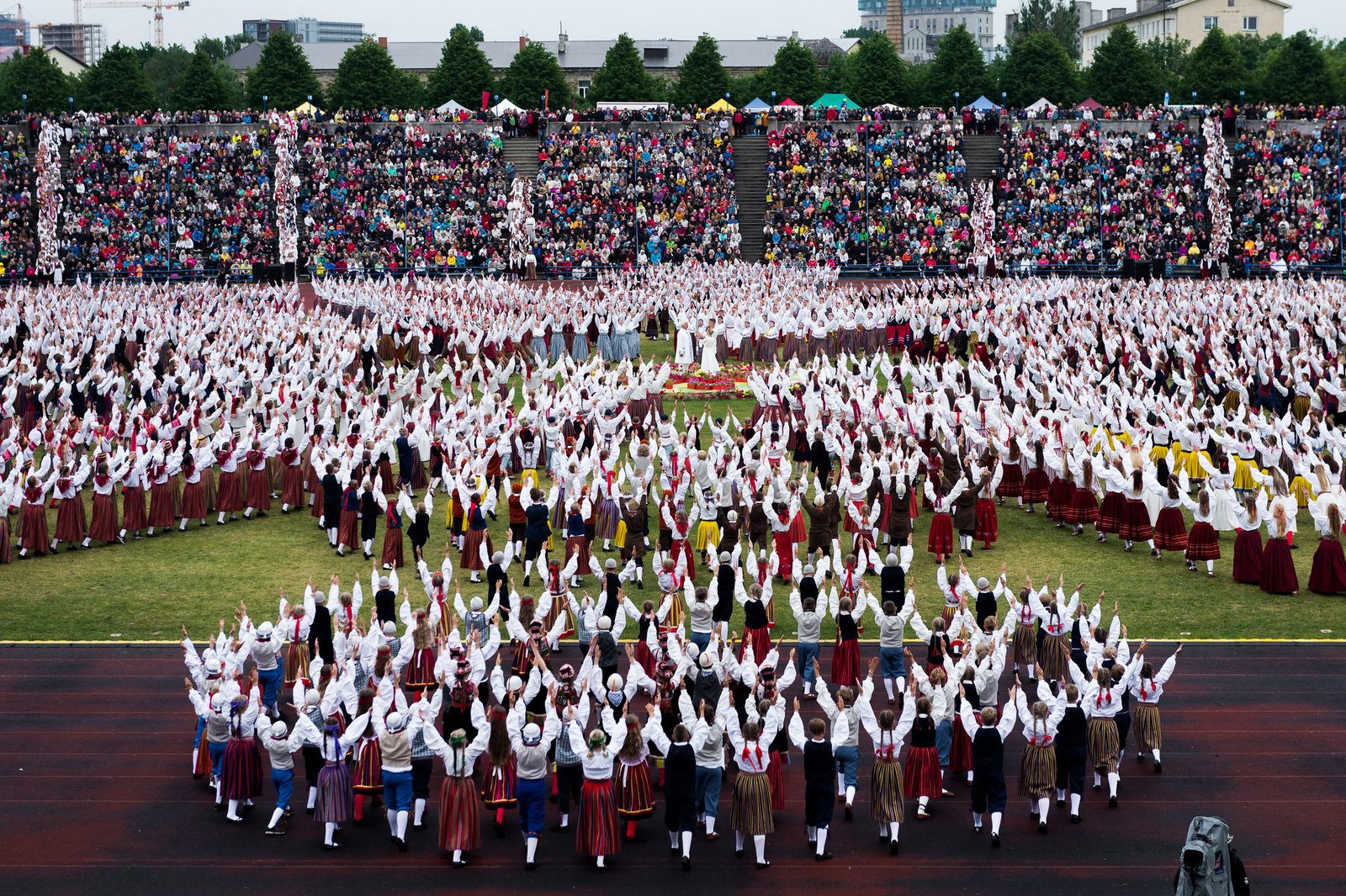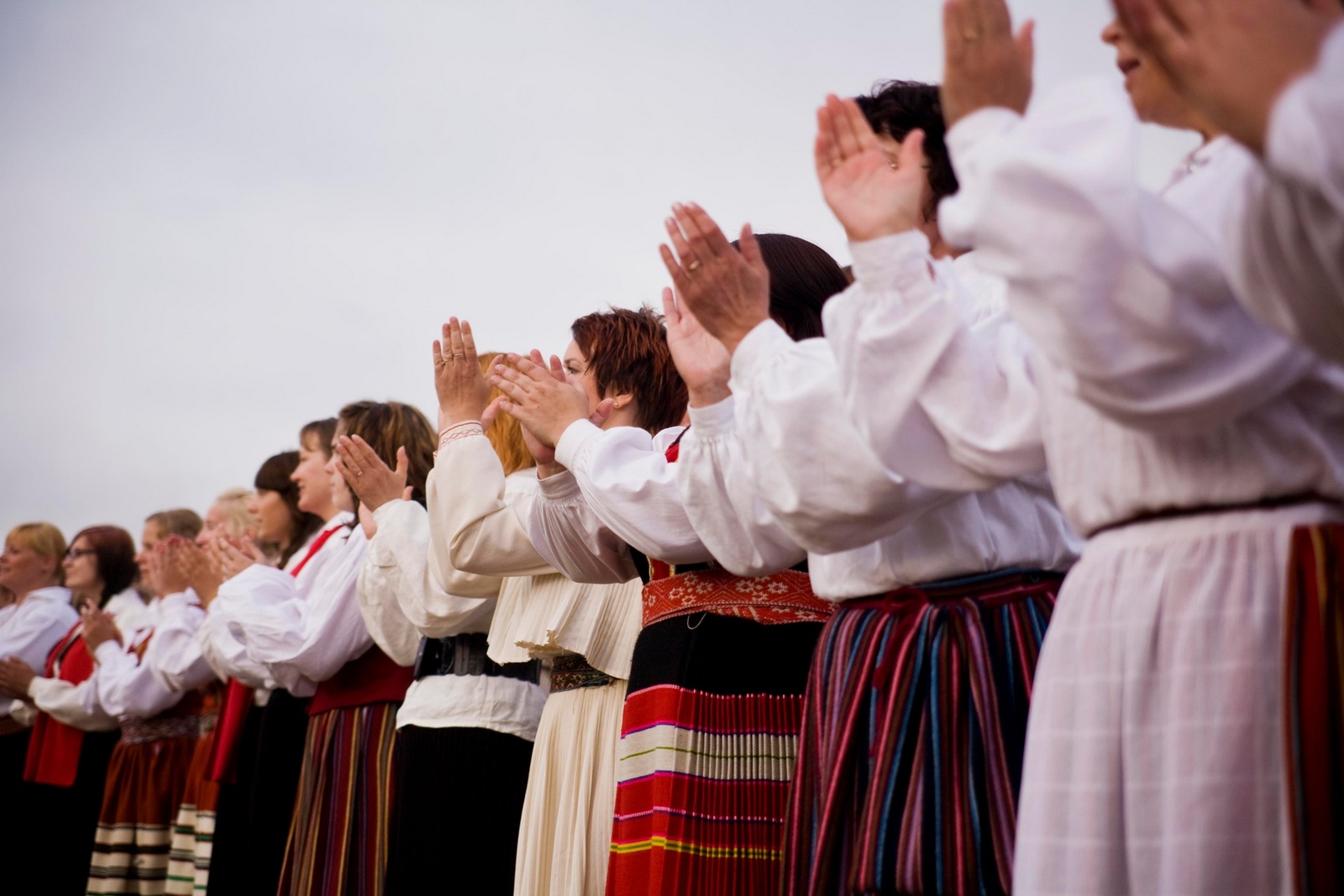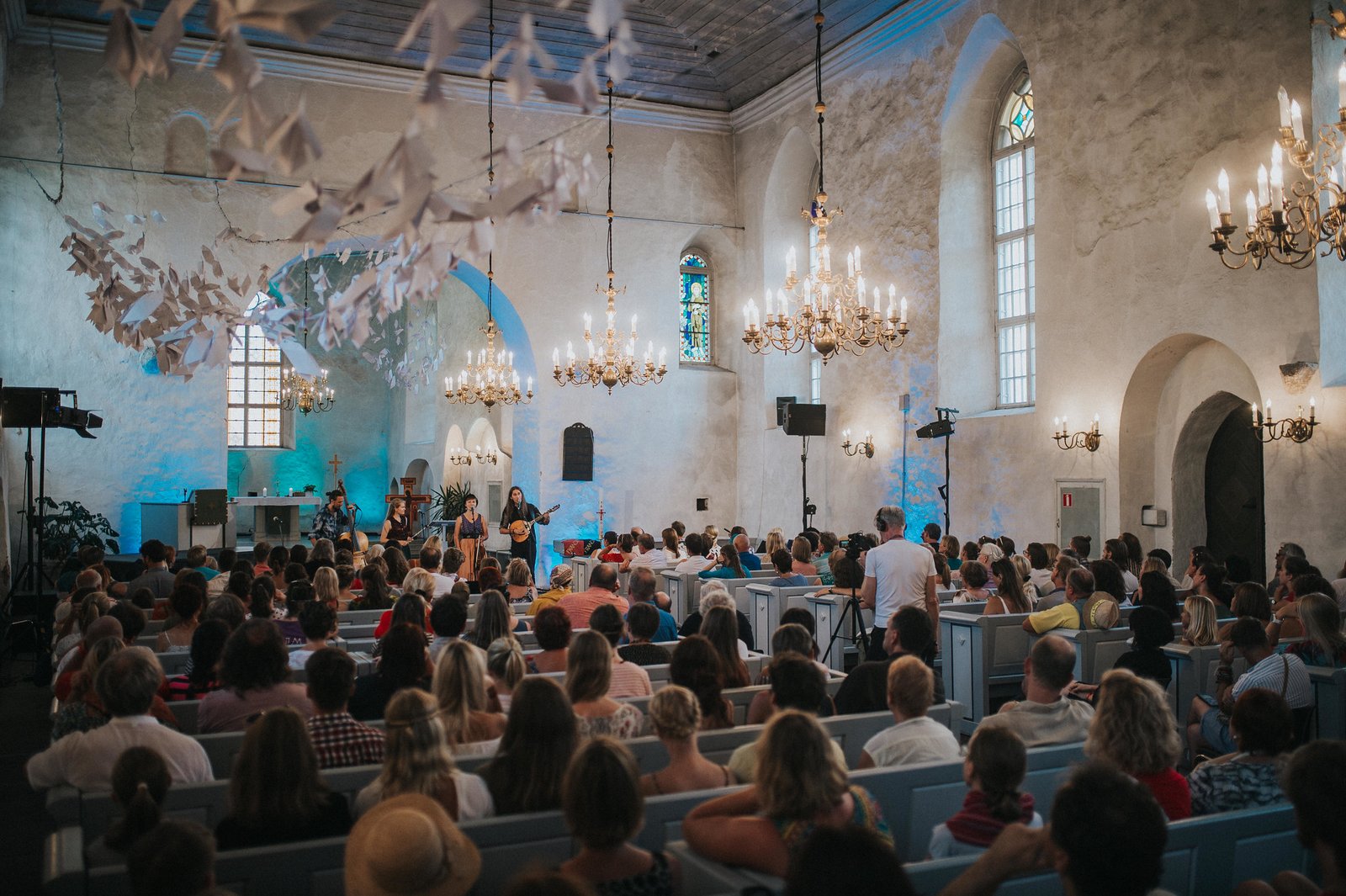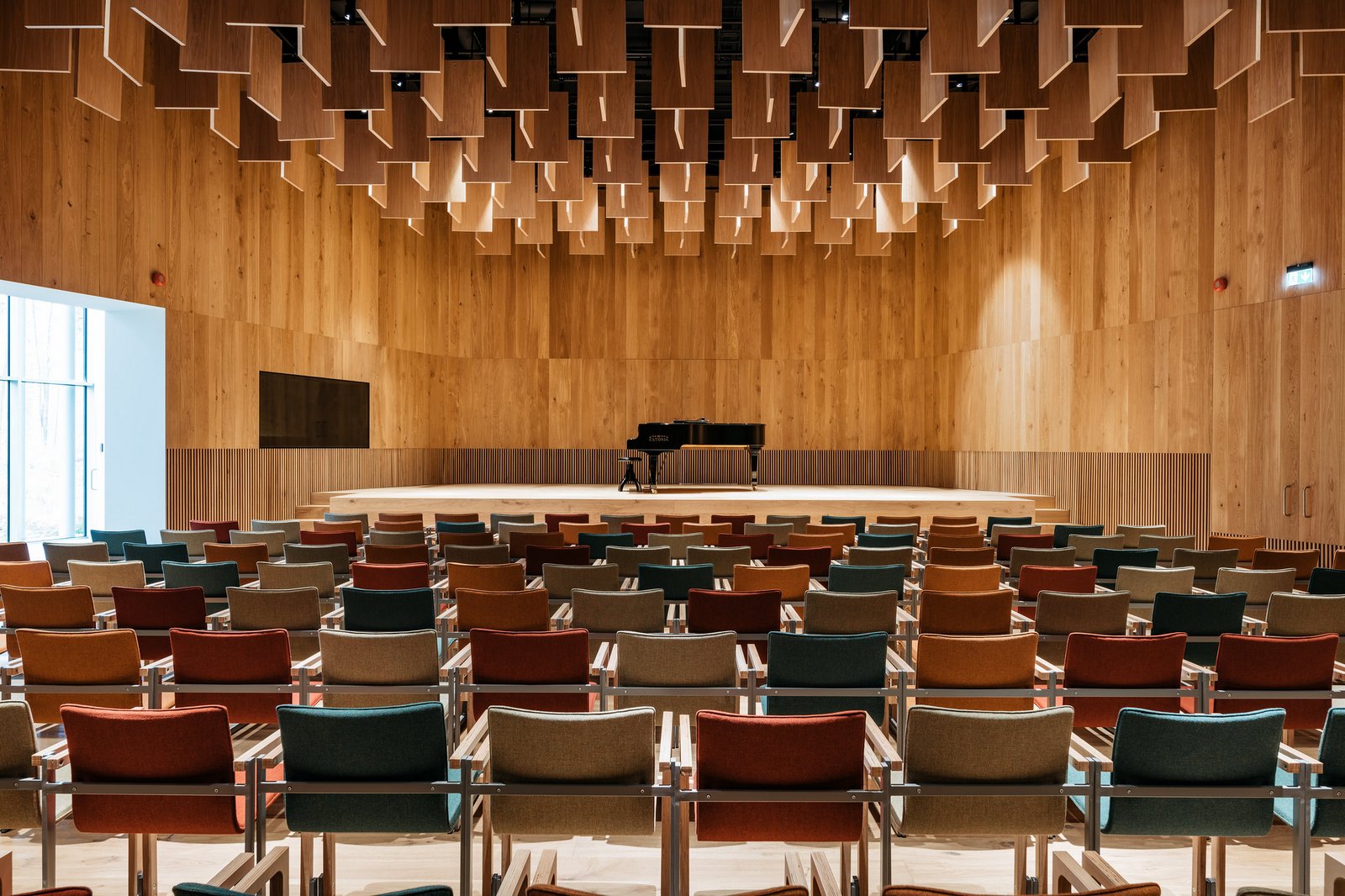The tune was created by German-Finnish composer Friedrich Pacius
in 1848, and it became widely popular in the northern European countries. One
of the leaders of the Estonian national awakening period, Johann Voldemar
Jannsen, wrote the Estonian lyrics to the melody, and it was first publicly
performed at the first all-Estonian Song Festival in 1869. After the First
World War and becoming independent, both Estonia and Finland started using the
song as their national anthem, because it had grown into a symbol of national
culture in both countries.
During the Soviet occupation, the Finnish- Estonian anthem
brotherhood took on a new meaning. When a Finnish dignitary visited Estonia,
the Finnish anthem was played, of course. Estonians got to watch as all the
Soviet state officials had to stand up with respect for the Finnish anthem,
which in reality was also the forbidden pre-occupation Estonian anthem.
Music
has played a crucial role at many turning points in Estonian history. The birth
of the Estonian Song Festival tradition is tightly intertwined with the
Estonian Age of Awakening (Estonian: Ärkamisaeg), a period in history where
Estonians came to acknowledge themselves as a nation deserving the right to
govern themselves.
In 2008, the Estonian Song and Dance Celebration was entered
into the UNESCO Representative List of the Intangible Cultural Heritage of
Humanity. The choral singing tradition also played an important role in Estonia
regaining independence in 1991. The non-violent Singing Revolution got its name
from tens of thousands of Estonians coming together and singing patriotic songs
as an act of defiance. Many hit songs from the Singing Revolution used folk
song motives.

Song and Dance Festival in 2017. Photo by: Raigo Pajula / Enterprise Estonia



